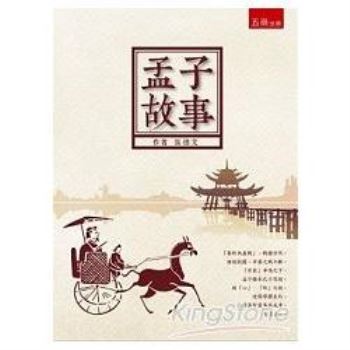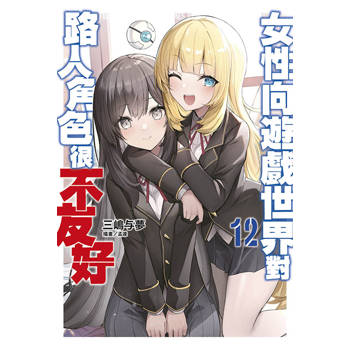Intertwining a lyrical voice with historical texts, poet Denise Low brings fresh urgency to the Gnadenhutten Massacre. In 1782, a renegade Pennsylvania militia killed ninety-six pacificist Christian Delawares (Lenapes) in Ohio. Those who escaped, including Indigenous eyewitnesses, relayed their accounts of the atrocity. Like Layli Longsoldier’s Whereas and Simon Ortiz’s from Sand Creek, Low delves into a critical incident of Indigenous peoples’ experiences. Readers will explore with the poet how trauma persists through hundreds of years, and how these peoples have survived and flourished in the subsequent generations.
In a personal poetic treatment of documents, oral tradition, and images, the author embodies the contradictions she unravels. From a haunting first-person perspective, Low’s formally inventive archival poetry combines prose and lyric, interweaving verse with historical voices in a dialogue with the source material. Each poem builds into a larger narrative on American genocide, the ways in which human loss corresponds to ecological destruction, and how intimate knowledge of the past can enact healing. Ultimately, these poems not only reconstruct an important historical event, but they also put pressure on the gaps, silences, and violence of the archive. Low asks readers to question not only what is remembered, but how history is remembered--and who is forgotten from it. Reflecting on the injustice of the massacre, the Shawnee leader Tecumseh lamented that though "the Americans murdered all the men, women, and children, even as they prayed to Jesus . . . no American ever was punished, not one." These poems challenge this attempted erasure.| FindBook |
有 1 項符合
House of Grace, House of Blood: Poems Volume 96的圖書 |
 |
House of Grace, House of Blood: Poems Volume 96 作者:Low 出版社:University of Arizona Press 出版日期:2024-10-08 語言:英文 規格:平裝 / 124頁 / 普通級/ 初版 |
| 圖書館借閱 |
| 國家圖書館 | 全國圖書書目資訊網 | 國立公共資訊圖書館 | 電子書服務平台 | MetaCat 跨館整合查詢 |
| 臺北市立圖書館 | 新北市立圖書館 | 基隆市公共圖書館 | 桃園市立圖書館 | 新竹縣公共圖書館 |
| 苗栗縣立圖書館 | 臺中市立圖書館 | 彰化縣公共圖書館 | 南投縣文化局 | 雲林縣公共圖書館 |
| 嘉義縣圖書館 | 臺南市立圖書館 | 高雄市立圖書館 | 屏東縣公共圖書館 | 宜蘭縣公共圖書館 |
| 花蓮縣文化局 | 臺東縣文化處 |
|
|
圖書介紹 - 資料來源:博客來 評分:
圖書名稱:House of Grace, House of Blood: Poems Volume 96
|











